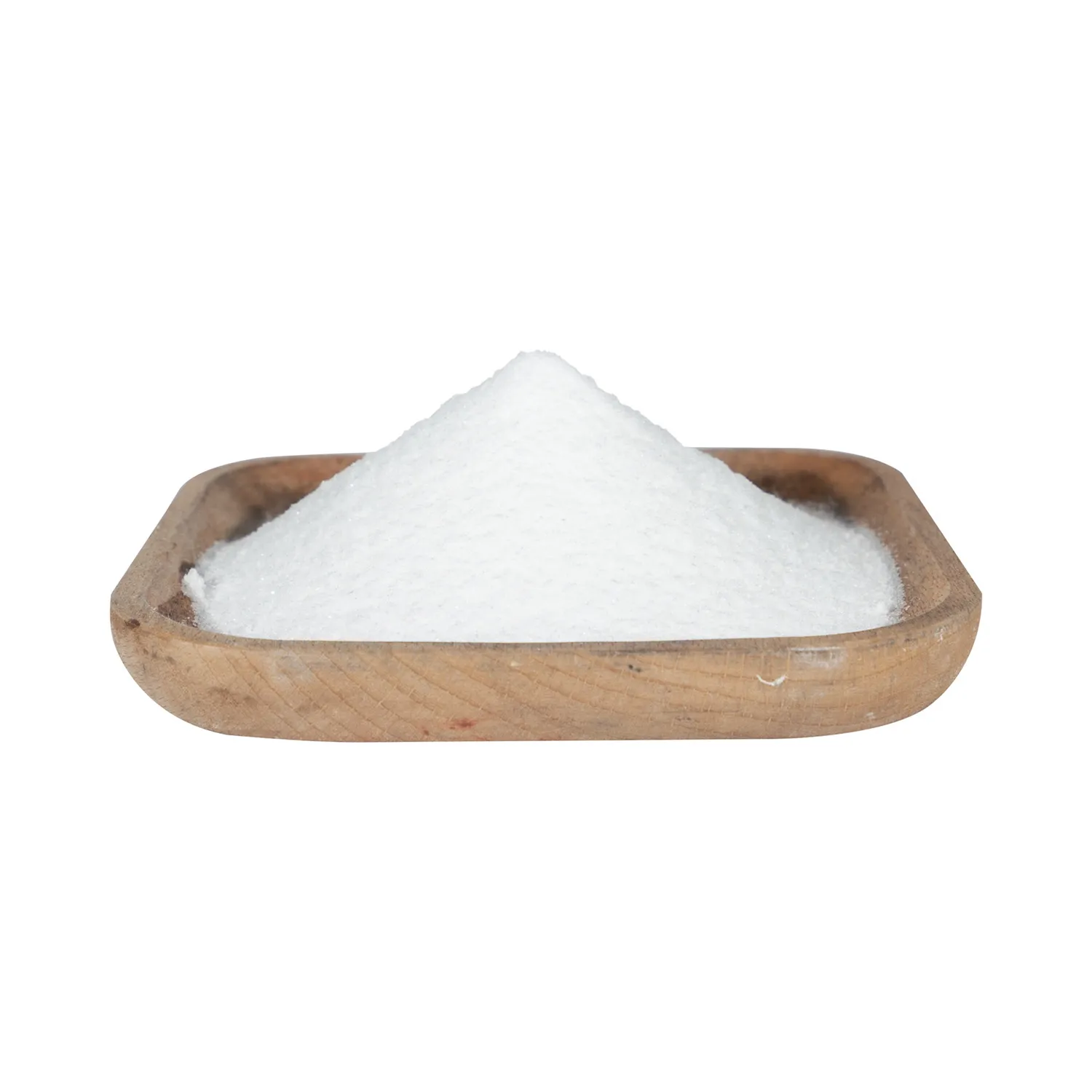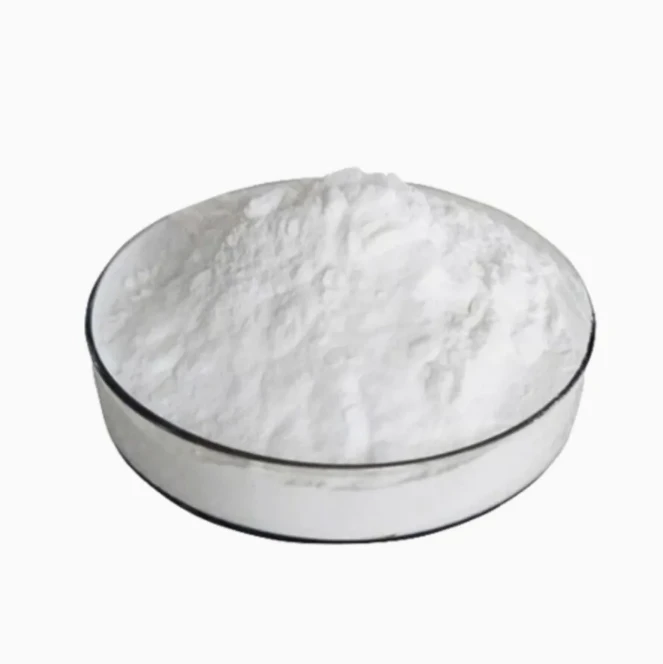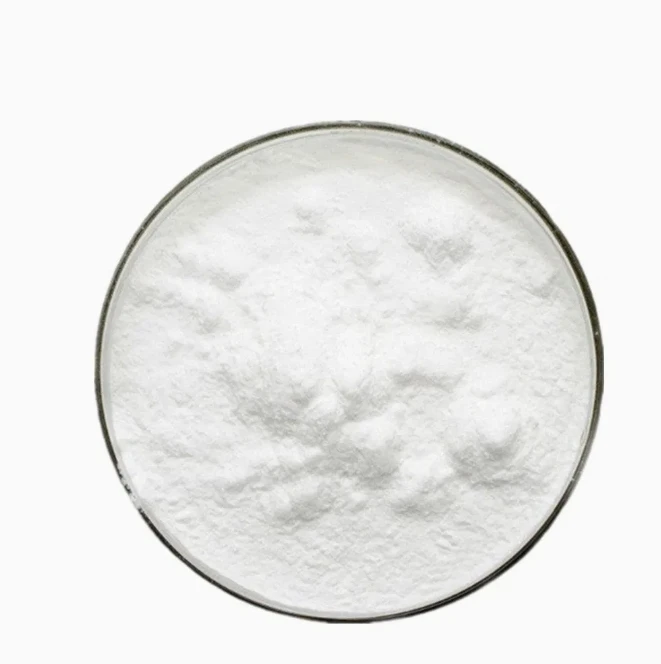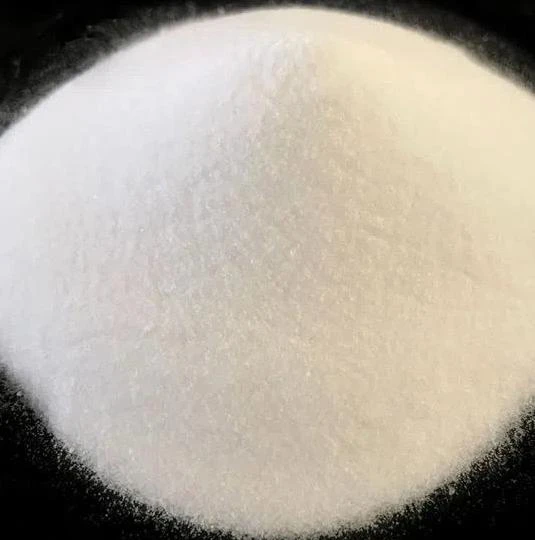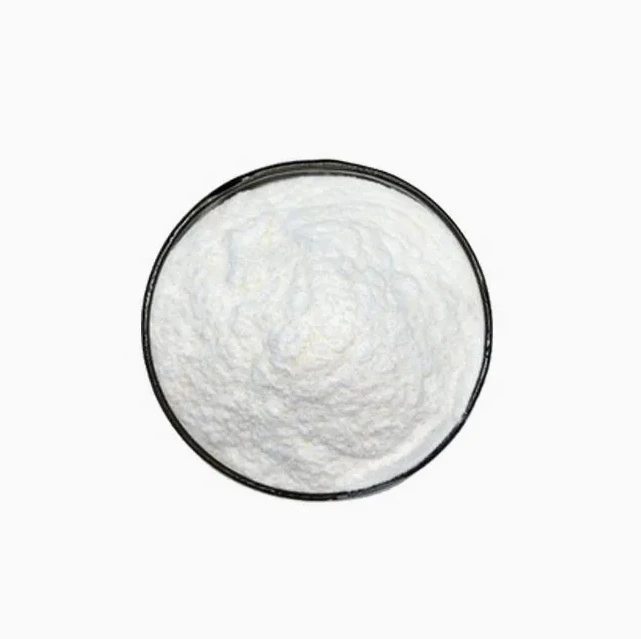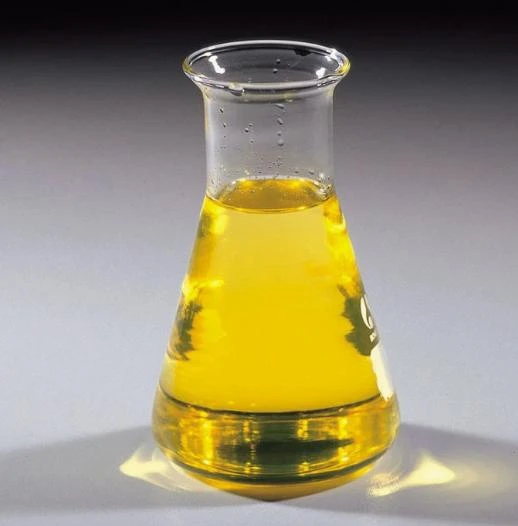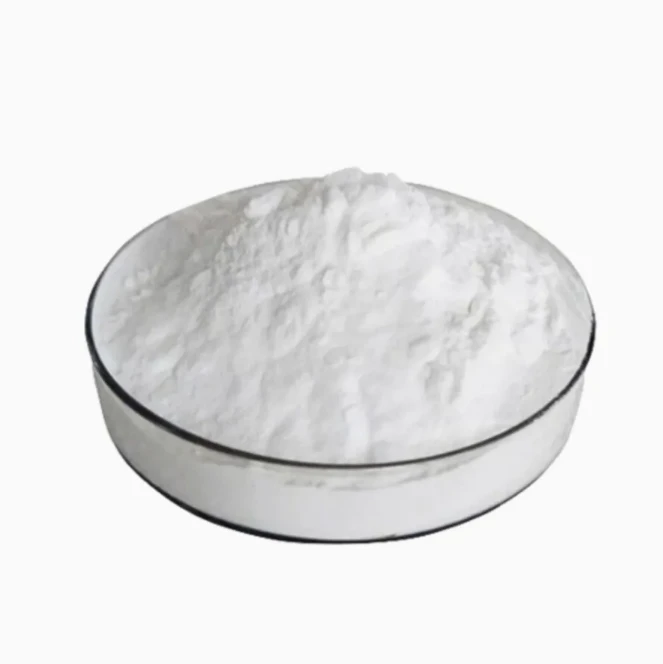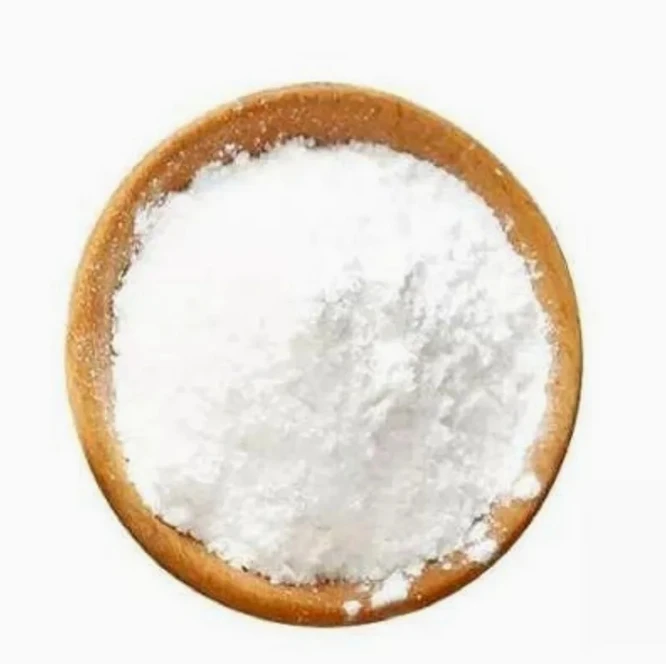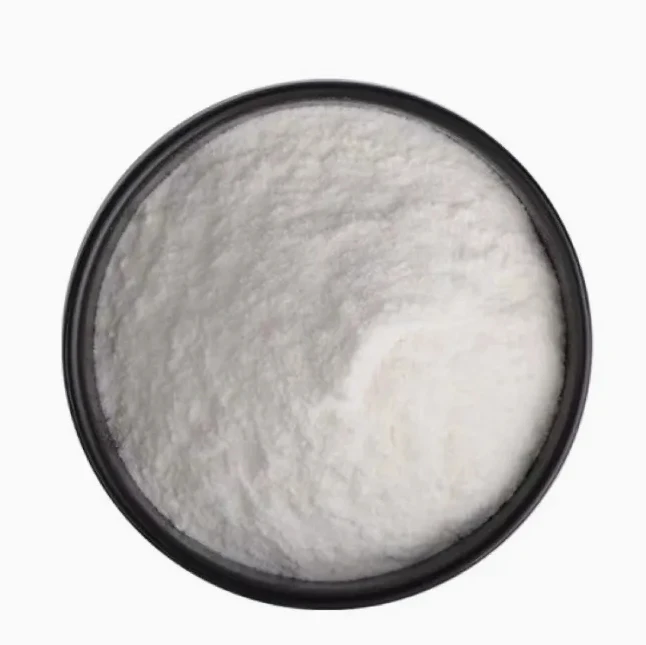 Email: sale@hebeidisha.com
Email: sale@hebeidisha.com
 Tel: +86 13315186550
Tel: +86 13315186550
- Afrika
- Albania
- Amharic
- Arabic
- Armenian
- Azerbaijani
- Basque
- Belarusian
- Bengali
- Asụsụ Bosnia
- Bulgarian
- Catalan
- Cebuano
- China
- China (Taiwan)
- Corsican
- Asụsụ Croatia
- Czech
- Danish
- Dutch
- Bekee
- Esperanto
- Estonia
- Asụsụ Finnish
- French
- Onye Frisian
- Onye Galisi
- Asụsụ Georgian
- German
- Grik
- Gujarati
- Haitian Creole
- hausa
- Hawaian
- Hibru
- Mba
- Miao
- Asụsụ Hungarian
- Aislandi
- igbo
- Asụsụ Indonesian
- Irish
- Ịtali
- Japanese
- Asụsụ Javanị
- Kannada
- kazakh
- Khmer
- Onye Rwandan
- Korean
- Kurdish
- Kyrgyz
- TB
- Latịn
- Latvia
- Lithuania
- Luxembourgish
- Masedonia
- Malgashi
- Malay
- Malayalam
- Malta
- Maori
- Marathi
- Mongolian
- Myanmar
- Nepali
- Norwegian
- Norwegian
- Occitan
- Pashto
- Asụsụ Persia
- Polish
- Portuguese
- Punjabi
- Romanian
- Russian
- Samoan
- Scottish Gaelic
- Asụsụ Serbian
- Bekee
- Shona
- Sindhi
- Sinhala
- Slovak
- Slovenian
- Somali
- Spanish
- Asụsụ Sudan
- Swahili
- Swedish
- Tagalog
- Tajik
- Tamil
- Tatar
- Telugu
- Thai
- Turkish
- Turkmen
- onye Ukraine
- Urdu
- Uighur
- Uzbek
- Vietnamese
- Welsh
- Enyemaka
- Yiddish
- Yoruba
- Zulu
Sodium Deoxycholate
Sodium deoxycholate is a bile acid formed bybacterial action from cholate. It is usually conjugatedwith glycine or taurine. Deoxycholic acid acts as adetergent to solubilize fats for intestinal absorption, isreabsorbed itself, and is used as a choleretic anddetergent.


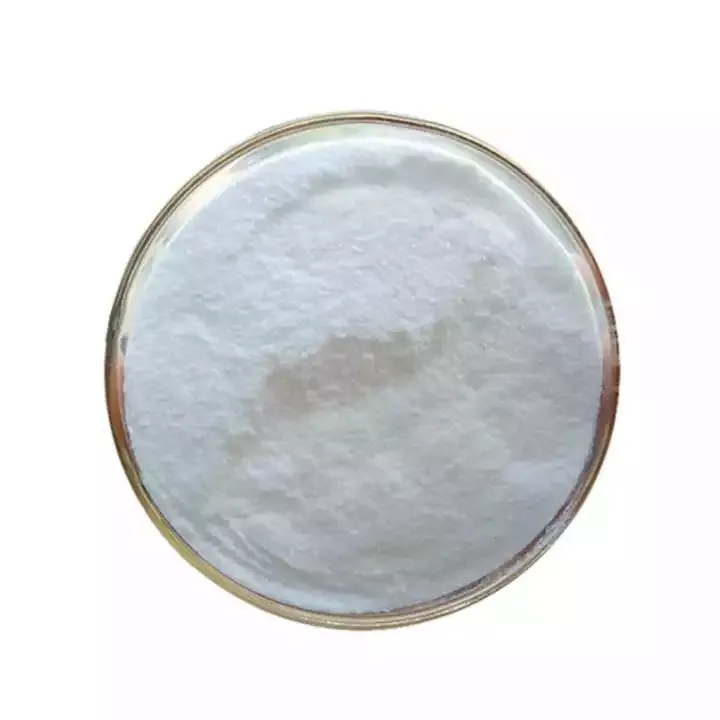

1.Historically sodium deoxycholate was used as an intermediate for the production of corticosteroids, which have anti-inflammatory indications.
2. It is used in the preparation and formulation of certain microbiological diagnostic media.
An emerging use of sodium deoxycholate acid is as a biological detergent to lyse cells and solubilise cellular and membrane components.
• Popular anionic, bile-acid detergent for many laboratory uses
• Effective in disrupting and dissociating many types of protein interaction
• Can be removed from solution by dialysis
• Useful for elution or regeneration of certain kinds of affinity columns
• High-purity compound with low UV absorptivity
Anyị nwere ọtụtụ ụlọ ọrụ dị elu nke nwere nkwado miri emi, nke nwere ike inye gị ngwaahịa dị elu na ọnụ ahịa asọmpi. Anyị nwekwara ike inye ego maka nnukwu ịzụrụ ihe. Anyị na-akwado ọtụtụ ụlọ ọrụ na-ebuga ibu ndị ọkachamara, nwere ike ịnapụta ngwaahịa n'enweghị nsogbu na aka gị. Oge nnyefe bụ ihe dịka ụbọchị 3-20 mgbe nkwenye nke ịkwụ ụgwọ gasịrị.

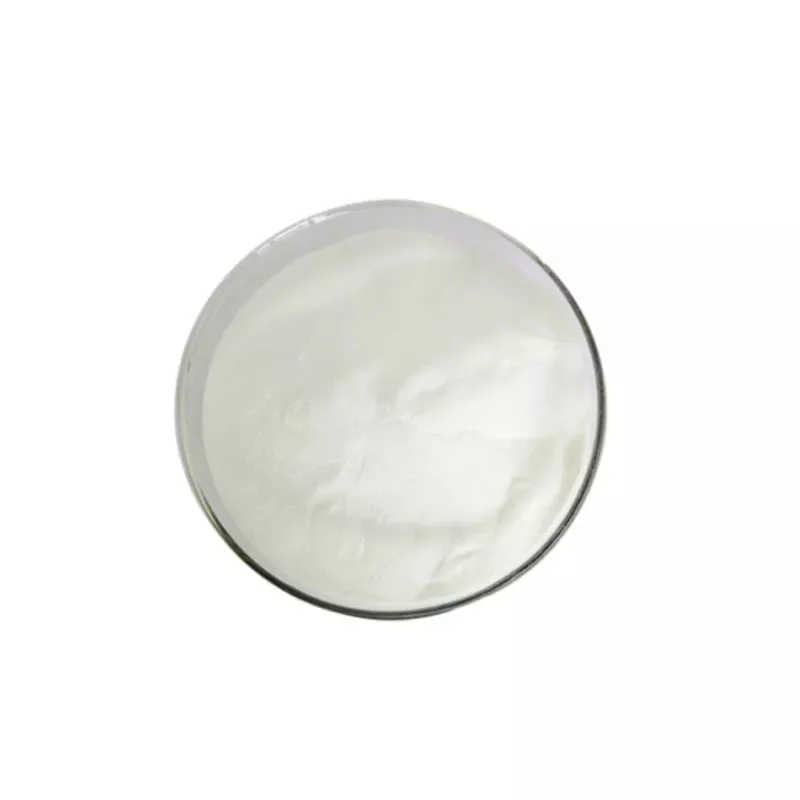

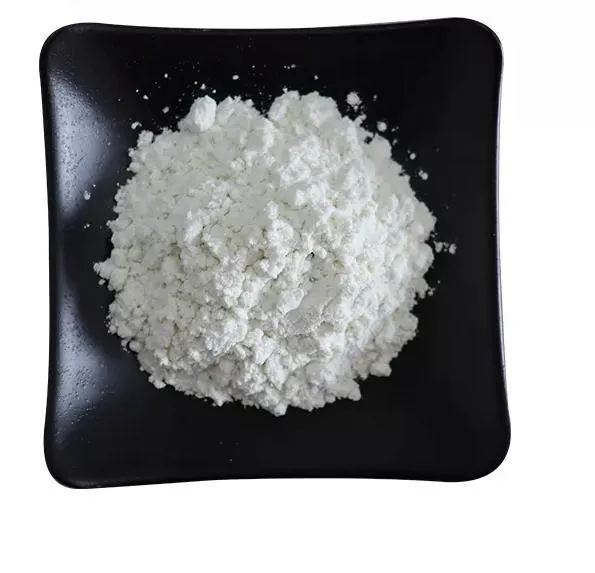
| Ihe | Nkọwapụta | Nsonaazụ |
| Ọdịdị | White powder, no odor and smell | Ọcha ntụ ntụ |
| Content (The uv method to detect) | ≥ 98.0 % | 98.52 % |
| Solubility(Solvent with water and alcohol) | Clear and no deposit | Na-akwado |
| Arsenic salt | ≤0.0002% | Na-akwado |
| Than the curl | 40°~ 45° | 43.8° |
| Sodium | 5.0%~6.1% | 5.6% |
| Ọnwụ na ihicha | 5.0% | 1.93% |
| Heavy Metal | ≤20ppm | Na-akwado |
In nature, sodium deoxycholate, which is referred to as a "secondary bile acid", is produced in the intestine from the salts of glycocholic and taurocholic acid (see cholic acid ) by the action of bacterial enzymes. Less than half of the sodium deoxycholate is absorbed by the intestine and is returned the liver where it is conjugated and released into the gall bladder.
Sodium deoxycholate is extracted from cattle bile(also known as "bovine bile" or "ox bile") , which is a by-product of the meat processing industry, in a high temperature alkaline process.
(1) Historically sodium deoxycholate was used as an intermediate for the production of corticosteroids, which have anti-inflammatory indications.
(2) It is used in the preparation and formulation of certain microbiological diagnostic media.
(3) An emerging use of sodium deoxycholate acid is as a biological detergent to lyse cells and solubilise cellular and membrane components.
(4) Popular anionic, bile-acid detergent for many laboratory uses
(5) Effective in disrupting and dissociating many types of protein interaction
(6) Useful for elution or regeneration of certain kinds of affinity columns
(7) It is most frequently used as a component of cell lysis buffers (e.g., RIPA buffer), but also has been used for liposome preparation, isolation of membrane proteins and lipids, preventing nonspecific binding in affinity chromatography and a cell culture media supplement.

1. Ị bụ ụlọ ọrụ mmepụta ihe ma ọ bụ ụlọ ọrụ ịzụ ahịa?
Anyị bụ ụlọ ọrụ na-ejikọta ụlọ ọrụ na ịzụ ahịa, na-enye ọrụ nkwụsịtụ.OEM nwere ike ịnakwere.
2. Ị na-enye samples? Ọ bụ n'efu ka ọ bụ mgbakwunye?
Free samples. The sample si ibu ego kwesịrị ịkwụ ụgwọ gị n'akụkụ.
3. Ị nwere asambodo ọ bụla metụtara njikwa mma?
ISO 9001: 2008 asambodo iji hụ na ịdị mma.
4. Kedu ihe m ga-enye ka m nweta nhota okwu?
Pls na-agwa anyị ụdị ngwaahịa nke ị chọrọ, iji ọnụ ọgụgụ, adreesị na ihe ndị a chọrọ. A ga-edepụta nkwupụta maka ntinye aka gị n'oge.
5. Kedu ụdị usoro ịkwụ ụgwọ na-amasị gị? Kedu ụdị usoro anabatara?
Usoro nnyefe anabatara: FOB, CFR, CIF, EXW;
Ego ịkwụ ụgwọ anabatara: USD;
Ụdị ịkwụ ụgwọ anabatara: T/T, Western Union; Paypal, ahia ahia.
Asụsụ Asụsụ: Bekee.
Ụdị ngwaahịa
